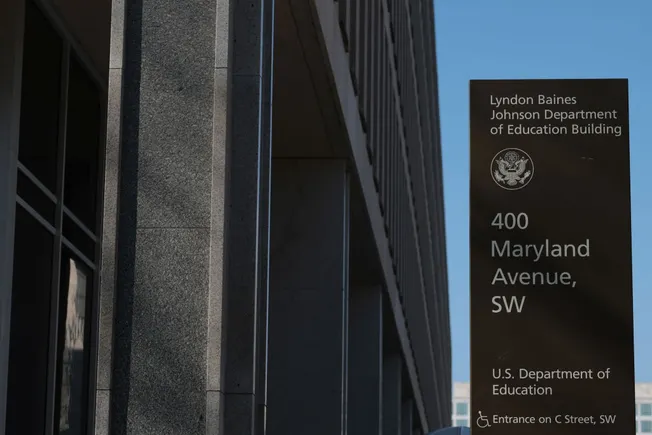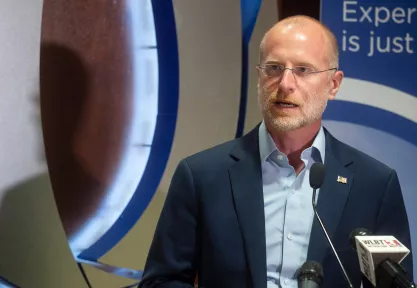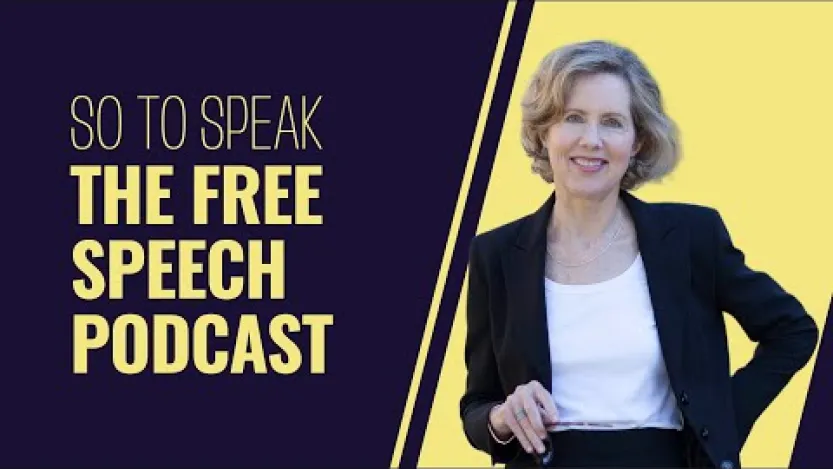In today’s fiercely competitive higher education landscape, enrollment leaders are being asked to do more with less. That means more inquiries, more conversions, and more starts, all while working with fewer resources and a shrinking pool of students actively seeking traditional degree paths.
What separates the institutions that are growing from those that are treading water? In my experience, it’s the willingness to question the status quo. The leaders seeing results are the ones taking a hard look at internal processes and policies and making bold decisions to remove what’s in the way of progress.
The urgency to remove enrollment barriers
Many institutions face enrollment plateaus not because they lack student interest, but because of self-imposed friction. Burdensome application requirements, slow review cycles, and legacy processes that haven’t evolved with changing student expectations can all stand in the way of progress.
Students today expect seamless, responsive experiences. They compare your enrollment process not only to peer institutions but also to the intuitive digital experiences they encounter every day. If your application process is full of red tape or requires too many steps, students will disengage and likely move on to a more accessible option.
Colleges and universities that want to stay competitive need to start clearing the path. By taking the time to understand how your enrollment process actually operates and identifying where students tend to get stuck, you can make meaningful changes that increase both efficiency and enrollment success.
Start with a map: Uncovering friction through process review
The first step to solving an enrollment slowdown is understanding where it’s happening. That’s where process mapping comes in.
At Collegis, we partner with institutions to conduct comprehensive process assessments. We document and analyze every step of the applicant journey, from inquiry through registration, to uncover inconsistencies, delays, and points of friction that may be limiting your enrollment funnel. We often find that a student’s experience varies widely depending on who they interact with or when they enter the process, revealing a need for greater consistency and coordination.
In many cases, we find students getting stuck at multiple points across the enrollment journey, starting with the application itself. Lengthy or confusing questions, lack of helpful guidance, and irrelevant fields can all create unnecessary complexity early on. Students may also encounter inconsistent or impersonal communication, making it unclear what to expect next or where they stand in the process.
Further down the funnel, delays often occur during application review, sometimes taking a week or more due to internal handoffs or manual processes. In some cases, applications sit idle because there’s no system in place to move files forward or flag them for outreach. These gaps add up, slowing momentum and causing potential students to disengage.
When you can see the entire process visualized, it becomes easier to ask the right questions:
- Is the application process intuitive and easy to navigate, or are we introducing unnecessary complexity?
- Are there clear next steps and calls to action for students at each stage?
- Do students receive consistent, timely communication that reflects where they are in the journey?
- Is the messaging and cadence of our marketing and operational emails aligned with what students hear from admissions counselors?
- Are there opportunities to streamline handoffs, automate manual steps, or standardize the process to ensure every student receives a cohesive experience?
Process mapping isn’t just a troubleshooting exercise. It’s a strategic investment in institutional agility and student-centered design. Institutions that complete this type of review often uncover both quick wins and opportunities for deeper transformation.
Ready for a Smarter Way Forward?
Higher ed is hard — but you don’t have to figure it out alone. We can help you transform challenges into opportunities.
Rethink the rules: Policies that reduce friction and drive results
Some of the most impactful improvements we’ve seen don’t require major investments or cutting-edge technologies. More often, they come from rethinking the policies that shape your admissions process and how those policies either support or hinder the student experience.
When we conduct policy reviews with our partner institutions, we often find that some admissions requirements add more complexity than value. It’s crucial to determine whether each requirement is truly essential to making an informed admissions decision. By removing or refining requirements that no longer serve a clear purpose (such as excessive documentation or overly rigid review criteria) institutions can streamline internal workflows and reduce avoidable delays. These targeted adjustments not only improve operational efficiency but also create a more accessible and student-centered experience.
Impact in action: Practical examples of enrollment transformation
These are not just hypothetical improvements. We’ve worked directly with institutions to implement these strategies and have seen the tangible impact they can deliver. Here are a few real-world examples that show how practical adjustments have translated into measurable results:
- Waiving letters of recommendation for applicants who meet a defined GPA threshold. This eliminates a common bottleneck while maintaining admissions rigor.
- Simplifying transcript requirements by only requesting documentation that includes a conferred degree and any prerequisite coursework required for program entry. Additional transcripts are collected later if necessary, which speeds up the initial review process.
- Automating workflows that trigger application reviews as soon as all checklist items are complete. This ensures students move through the process without unnecessary delays.
- Setting up notifications to ensure timely engagement. For example, alerts can be set when a new inquiry or applicant hasn’t received contact from an admissions counselor within 24 hours, or when application reviews are taking longer than expected.
These types of changes create a more efficient, student-centered process that helps institutions convert interest into enrollment more effectively.
Don’t just tweak the process, transform it
If your institution is still relying on outdated processes and rigid policies, now is the time to reevaluate. The enrollment environment is only becoming more competitive. But with the right changes, your institution can become more efficient, more agile, and more appealing to today’s students.
This isn’t about cutting corners or lowering standards. It’s about rethinking how your process serves students. Process mapping helps uncover ways to simplify steps, ensure consistency, and build trust through clear communication and meaningful staff connections. The result is an experience that’s more efficient, more personal, and better aligned with your institution’s goals.
Let’s break the bottleneck together
A process mapping assessment is a powerful starting point. At Collegis, we go beyond identifying issues. We work side by side with our partners to solve them. Our approach is collaborative, our recommendations are practical, and our focus is always on impact.
If your institution is ready to accelerate enrollment growth, strengthen internal operations, and deliver a more consistent and personalized experience for your students, let’s talk.
Innovation Starts Here
Higher ed is evolving — don’t get left behind. Explore how Collegis can help your institution thrive.











